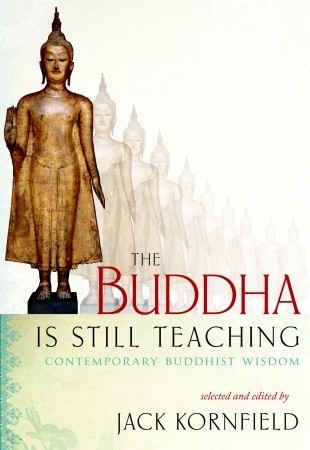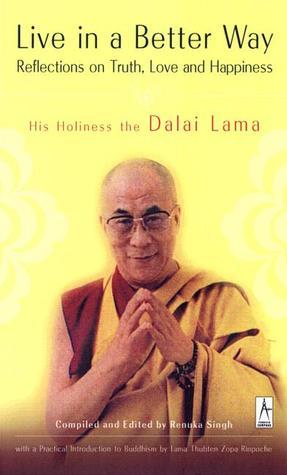
The Tibetan Book of Living and Dying
Book Description
Step into a journey of profound transformation, where life and death intertwine in the sacred dance of existence. "The Tibetan Book of Living and Dying" unveils ancient wisdom, revealing the secrets of embracing mortality and transcending fear. Each page pulses with the urgency of understanding the human experience, blending timeless Buddhist teachings with practical insights for modern life. As you navigate through healing practices and the art of compassionate living, you’ll confront the ultimate question: How can accepting death illuminate the beauty of life? Prepare to awaken your soul and discover a path to liberation like never before.
Quick Book Summary
The Tibetan Book of Living and Dying by Sogyal Rinpoche is a transformative guide that blends Tibetan Buddhist wisdom with practical teachings for modern readers facing the realities of life and death. Central to its message is the idea that beginning to understand and accept our mortality is the pathway to deep spiritual awakening and the cultivation of compassion. Through stories, meditative practices, and explanations of the Tibetan teachings on dying, Rinpoche illustrates how mindful awareness of impermanence can radically change the way we live. The book offers tools for inner transformation, healing, and building compassionate support for the dying, affirming that by embracing death, we can truly appreciate and find meaning in life. Ultimately, it is a call to live with greater mindfulness, courage, and love.
Summary of Key Ideas
Table of Contents
Embracing Mortality as a Path to Awakening
At the heart of the book is the belief that facing and understanding death gives life deeper meaning. Rinpoche introduces the central Buddhist view of impermanence, teaching readers that everything is in continuous flux and that accepting this truth can liberate us from fear. He argues that recognizing mortality allows for personal transformation and that by reflecting on death, we awaken to the preciousness of every moment. This fundamental shift in perspective encourages readers to use the knowledge of death as motivation to engage more meaningfully with life.
Understanding the Bardo States and the Nature of Mind
The concept of bardos, or transitional states, is a cornerstone of the book. Drawing from Tibetan Buddhist tradition, Rinpoche explains how life itself, death, and the after-death experience are all bardos—intermediate states filled with opportunities for insight and liberation. Understanding the bardo states prepares individuals to navigate them with awareness and confidence. By training the mind, one can recognize the true nature of consciousness and experience peace even in the most turbulent transitions, including death itself.
Transforming Fear and Cultivating Compassion
Central to the book’s philosophy is transforming fear—not just of death, but of change and suffering—into wisdom and compassion. Rinpoche offers meditative and contemplative techniques to gently dismantle our habitual responses to fear. Instead of avoiding discomfort, he suggests nurturing a sense of compassionate presence, both toward oneself and others. This cultivation of compassion, he argues, is key to spiritual growth and is an essential support for those experiencing suffering, grief, or dying.
Practical Spiritual Practices for Life and Death
The book is rich in practical advice, detailing spiritual practices suitable for any stage of life. Meditations on impermanence, loving-kindness, and the nature of mind are woven throughout. Rinpoche presents accessible introductions to mindfulness, visualization, and mantra recitation, empowering readers with tools to calm the mind, foster healing, and prepare for death with equanimity. These methods are not limited to Buddhists—they are presented as universal practices that foster clarity, joy, and resilience.
Supporting Others Through Dying and Grief
Finally, the book addresses the crucial role of supporting the dying and their families. Rinpoche advocates for a compassionate environment where the emotional, spiritual, and physical needs of the dying are honored. He guides readers in being present, listening deeply, and alleviating fear. Practical wisdom is offered for caregivers and those in mourning, emphasizing that the skills of listening, loving, and accompanying others through death are at the core of a life well lived. In embracing the reality of dying, we more fully embrace the miracle of existence.
Download This Summary
Get a free PDF of this summary instantly — no email required.





